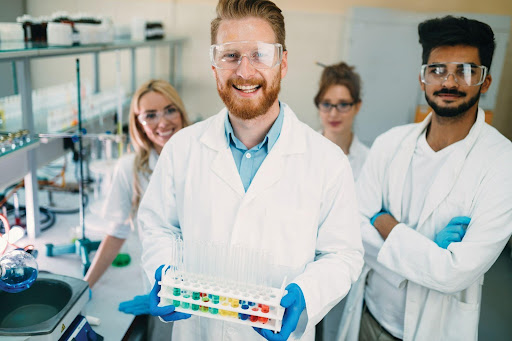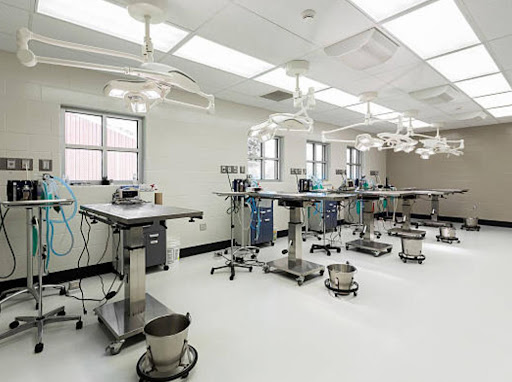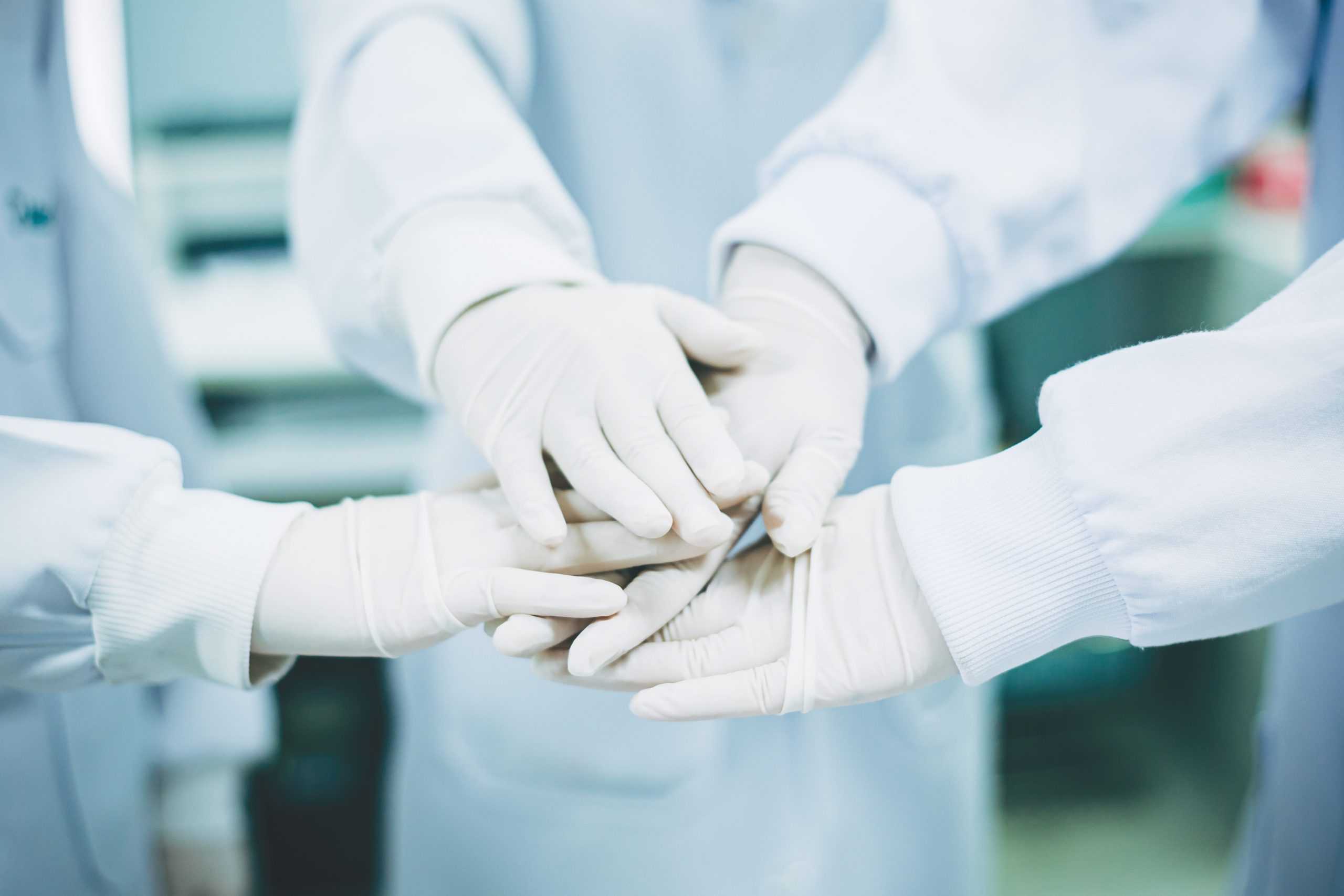Before we discuss ways to knock out WAG in your lab animal facility, let’s review what WAG is. WAG stands for waste anesthetic gas, a term commonly used concerning occupational exposure to anesthetic gas during a medical or surgical procedure. Anyone working in a facility that administers anesthesia is at risk of exposure to WAG.1
Exposure to WAG in the workplace can cause some frightening side effects.1 But don’t let that discourage you. There are many ways laboratory animal facilities and professionals can safely administer anesthesia and stop WAG.
Possible Health Threats of WAG
Some potential short-term health effects of WAG can show up almost immediately after exposure.2 Below are some of the possible symptoms of short-term exposure to WAG.
- Headaches
- Drowsiness
- Fatigue
- Irritability
- Depression
- Blurred vision
Furthermore, the potential long-term effects of WAG exposure can be more severe than the immediate effects. Some studies link spontaneous miscarriages and reproductive disorders with exposure to WAG during the early stages of pregnancy.6 Additional long-term effects are liver damage, kidney damage, and neurological complications.3
The health risks associated with exposure to WAG can seem daunting. But if a facility follows the proper safety precautions, uses quality equipment, and performs regular maintenance, these health threats can be reduced and avoided.1 Here are some ways to protect your facility and staff from WAG.
Implement Effective Methods of Waste Gas Scavenging
Waste gas scavenging is an effective method to decrease WAG exposure in laboratory animal facilities. The two main types of gas scavenging are active and passive. Active Scavenging uses equipment to actively pull gases out of the air using suction or vacuum pumps and then exhausts them into a filter or a non-recirculating fume hood.4
Passive Scavenging pushes waste gases out of the air without suction. In the past, this has been the standard way to collect waste gas. Pushing the waste gas into a charcoal canister, or creating a seal around the subject’s nose, are examples of passive scavenging. It prevents WAG from entering the laboratory.4

Yet, passive scavenging has disadvantages. A primary disadvantage is it’s extremely difficult to redirect gases once they are in the air. Hence, many experts believe that active scavenging is the most effective method.4
But active scavenging also has some disadvantages. Active scavenging poses a risk of removing too much anesthetic gas and compromising the animal’s depth of anesthesia. Overall, the aim is to ensure that the animal has the proper level of anesthesia and the staff is safe. Finding that balance is critical.4
Provide Regular Safety Training to Reduce Harmful Exposure to WAG
Regular training is fundamental to the success of any laboratory animal research facility. For example, in one of our Webinars, Strategies to Improve Personnel Management, Jori K. Leszczynski, DVM, DACLAM, discusses the importance of successful training in laboratory animal facilities.

Proper training is especially critical in facilities that administer anesthesia. Training employees about the warning signs of WAG, how to check anesthetic equipment for leaks, and how to properly monitor animals under anesthesia is critical. All of these factors contribute to the overall safety of a facility to protect animals and staff.
Ensure Adequate Ventilation To Help Protect Staff From WAG Exposure
Poor ventilation is a common and dangerous way staff can experience exposure to hazardous WAG. Hence, it’s critical to have adequate general ventilation in a facility using anesthetics. For example, “Princeton University laboratories are designed to provide a minimum of six air changes per hour.” Princeton University does this to ensure proper ventilation in its labs.5
Regular Maintenance of Anesthesia Equipment is Essential
Regular maintenance of your anesthesia equipment is essential for preventing WAG in your laboratory animal facility. Damage or neglect of anesthetic equipment can be hazardous.

It’s also critical to remember that ventilation systems require regular maintenance. For example, debris or clutter under or around a ventilation system could prevent it from effectively circulating air leading to poor ventilation.2
Learn More About Somni Scientific Research Anesthesia Equipment and Services That Prevent WAG
SOMNI Scientific provides solutions for WAG, including The Exposure Prevention System (EPS-3). It’s a “self-contained three station flowmeter controlled active waste gas scavenging system” designed to solve staff exposure to WAG. It’s “powered by an internal linear vacuum pump that can pull 45 liters per minute.”
SOMNI Scientific Solution specialists have expertise in the maintenance and design of complete veterinary anesthesia systems. Anesthesia system service includes your whole anesthesia system’s inspection and preventative maintenance. This service is conveniently provided on-site at your facility. SOMNI can service and calibrate vaporizer types across the line. SOMNI’s unique service exchange program allows for little to no operating room downtime, elimination of valuable anesthetic wastage, and maintenance of vaporizer compliance to ensure vaporizer clinical accuracy, patient safety, and employee health and safety.
References:
- “Waste Anesthetic Gases–Occupational Hazards in Hospitals.” Centers for Disease Control and Prevention, Centers for Disease Control and Prevention, 6 June 2014, https://www.cdc.gov/niosh/docs/2007-151/default.html.
- Dickinson, Matt. “Waste Anesthetic Gases: Known Health Risks and Recommendations for Veterinary Practices.” DispoMed, 28 July 2020, https://www.dispomed.com/waste-anesthetic-gases-known-health-risks-and-recommendations-for-veterinary-practices/. Accessed 29 Sept. 2022.
- “Laboratory Animal Resources.” Laboratory Animal Resources – University Of Montana, University of Montana, 30 Dec. 2020, https://www.umt.edu/research/LAR/sops/sop-anesthetic-waste-gas.php.
- Sullivan, Ryan. “Waste Gas Scavenging in the Work Place: Active vs. Passive.” Lab Animal, vol. 46, no. 11, 2017, pp. 438–439., https://doi.org/10.1038/laban.1370.
- “Reducing Exposure to Anesthetic Gases.” Princeton University, The Trustees of Princeton University, https://ehs.princeton.edu/laboratory-research/animal-research-health-and-safety/administration-of-biological-and/safe-use-of-isoflurane-animal-research.
- Thomann, W. R. “Chemical Safety in Animal Care, Use, and Research.” ILAR Journal, vol. 44, no. 1, 2003, pp. 13–19., https://doi.org/10.1093/ilar.44.1.13.

